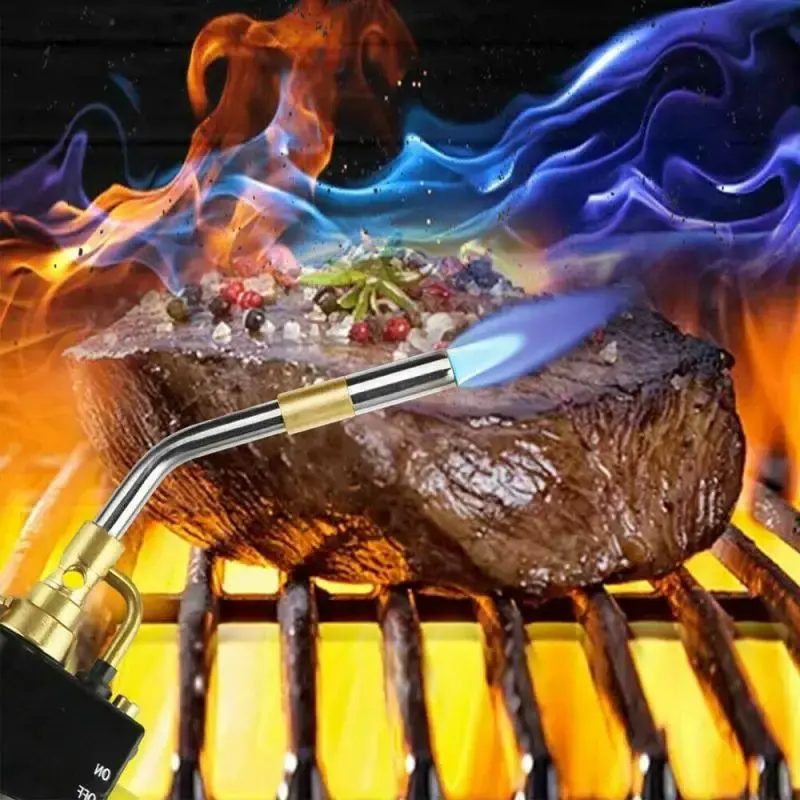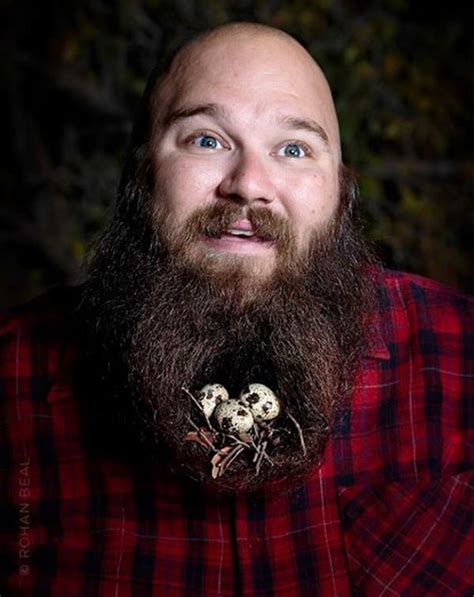And it isn’t even fucking true.
You don’t want the pan that fucking hot at all.
Black and blue steak would require a smoking hot cooking surface.
That is true, though I never think of it because that’s such an unusual request
Oh god, that’s another term for Pittsburghing a steak, isn’t it?
The reverse sear method disagrees with you
Nah, if you get a pan “ripping” hot, you fuck the Maillard reaction. It works best around the 325 range. You want the best possible crust on your steak, you get the pan up to between there and 350, close enough to 350 that the initial loss of heat from the pan doesn’t dip it too far.
I mean, unless you want burnt bits and such. If you want carbonization instead of the complexity of the Maillard reaction, you do indeed need high heat so that the exterior will blacken nicely before it fucks the interior temp
The kind of temps that have a pan actively smoking reach 400 plus. You aren’t building the same kind of reaction then, because the carbs just can’t handle it, they break down instead hence the black stuff.
Reverse sear, regular, whatever, that holds true. Once you get much past 350, you don’t get that deep flavor and crust, you just get carbon.
Got a source? Haven’t been able to find anything supporting this, and most professional chefs recommend 450-500 for searing so I’m not certain where this is coming from
I’m not sure why it was hard to find, but The Wikipedia entry for the Maillard reaction gives the temp range where the Maillard reaction is optimized, which is actually lower than what I recommended, but the slightly higher pan temp means that the meat is going to be in that range.
And sugars start burning at 375, with more complex carbs not far behind. Yeah, you don’t get heavy burning until closer to 400, but burned sugars can’t react with proteins and give that complex, deep flavor. So, when you’re smoking hot in a pan, throw the steak in the first thing that happens is sugars reacting to the heat, and they are no longer able to get all cuddly with the proteins. You will still get some Maillard browning, and some caramelization, but not as much as you would with a pan temp that’s in the 350ish range.
And, I know this is going to piss people off, but chefs aren’t actually the best source of information for everything. Very few of them seem to pay any attention to the chemistry of cooking at all, and enough of them keep saying shit that’s outright wrong, that it gets absurd. Like putting oil in water to keep pasta from sticking, they’re just parroting what they’ve learned either on the job, or in school, and most of that is untested in terms of controlled experiments.
Plus, they’re usually coming from a working, restaurant kitchen. The gear is different, and they’re usually going to be focused on speed over precision, using excellent skills built by practice to counter the things that a home cook trying the same thing would fuck up. A chef isn’t going to burn a steak, pretty much ever, because they’ve done hundreds and thousands of them, so they can nail the time exactly, without having to think about it.
Then you’ve got the extra “tricks” chefs use, like the mind boggling amounts of fats they use in/on things. I mean, almost every chef you see on TV is all about basting steaks in butter. Which is yummy as hell, and partially replaces the flavor of the Maillard reaction, so you end up with excellent steaks in their hands, that would be meh if most home cooks tried to copy them. I can’t tell you how many “acceptable” steaks I had over the years until some of the more scientific method based info started spreading.
Best steak you’re going to have as a home cook using a pan is reverse seared, with a good infrared thermometer to watch the pan temp and keep the surface of the pan in the 330 to 350 range. You drop maybe two minutes off of your in-oven time, and that gives you the ability to add that to pan time, which improves the end flavor more. Butter basting is optional, but does add that yummy browned butter goodness :)
Serious eats has that intro to the Maillard that covers the basic ideas. And they even mention that a lot of what’s been discovered about the Maillard reaction is fairly recent, the last few decades. It takes time for info to spread, even in fields where there’s mandatory continued education, and that’s not anything you find in cooking; any new studying is voluntary, and professional cooks rarely have time and energy for that (well, except for the ones that love meth and coke lol).
But hell, don’t just take it on faith, don’t believe me, or anyone else. Take a steak, cut it in half, get it near temp in your oven, and have two pans ready. It’s a very simple supermen, but it will absolutely prove which method tastes better for you, and that’s what really matters in the end.
Fair enough I suppose. Not gonna reply to that entire dissertation, but if I have to pick between a steak cooked via Wikipedia and a steak cooked via professional methods, dollars to donuts the professional steak will taste better.
Removed by mod
Removed by mod
No point burning oil (smoke). You just want it got enough to generate a good maillard (sp) reaction.
The only steak searing starterpack you will ever need.

SIR! YOUR COMMENT OFFENDS ME! I sear MY steaks in an air fryer on broil 400 degrees. 12 mins flip halfway through. THAT is the only way to sear a steak.


